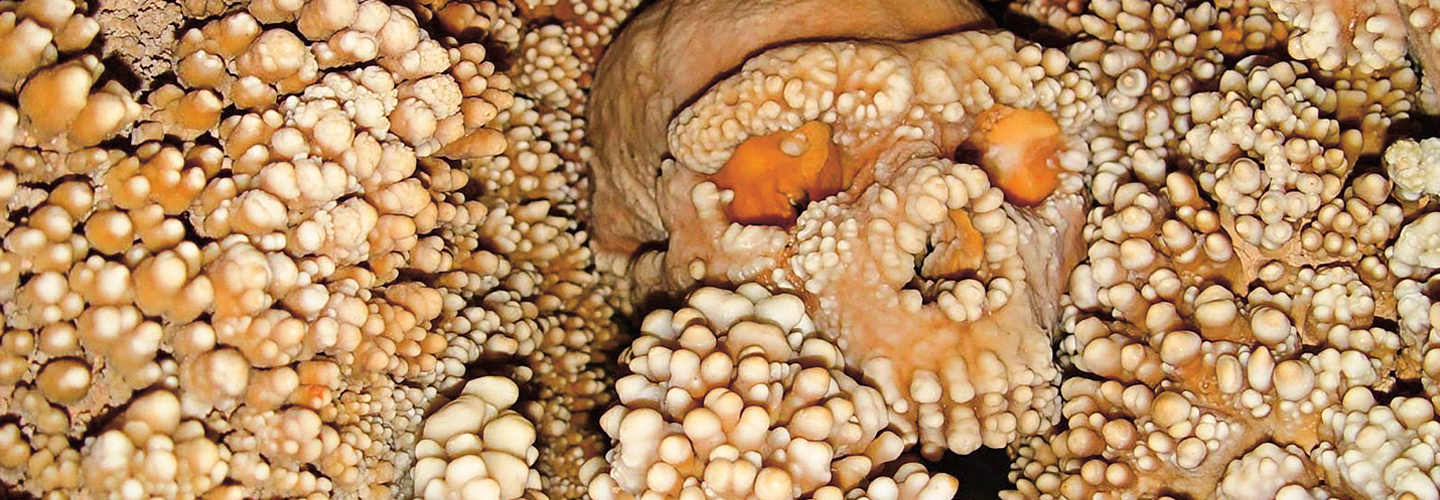More than two decades ago, cave explorers stumbled upon this strange, bumpy skeleton in a cave in Altamura, Italy. Only the skull and parts of a few bones were visible. The rest of the skeleton was embedded in the wall of the cave. Scientists wanted to study it, but they feared extracting the bones from the surrounding rock would damage them. So their origin has remained a mystery . . . until now.
Recently, a team of Italian researchers was able to chisel off a small chunk of bone from the skeleton’s shoulder blade. By studying it, the scientists concluded that the remains belonged to a Neanderthal—a species of human ancestor that went extinct about 40,000 years ago.
The scientists were also able to extract DNA—the molecule that carries hereditary information—from the bone sample. The skeleton is between 130,000 and 170,000 years old, making its DNA the oldest genetic material from a Neanderthal ever discovered. Because the DNA is so old, though, much of it was damaged, says David Caramelli, an anthropologist (a scientist who studies humans) at the University of Florence in Italy.
Caramelli explains that the hard bumps covering the skeleton are a mineral called calcite. When water seeps into the ground, it dissolves calcium (Ca) in rock. Inside the cave, this mineral-rich water evaporated—changed from a liquid to a gas—leaving behind hard calcite crystals. Caramelli says the skeleton is likely so well preserved because it’s been shielded within a cocoon of rock for thousands of years.

